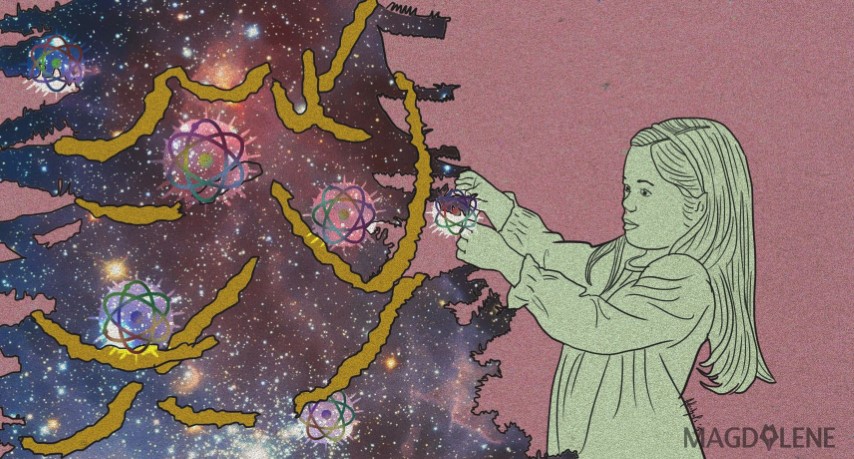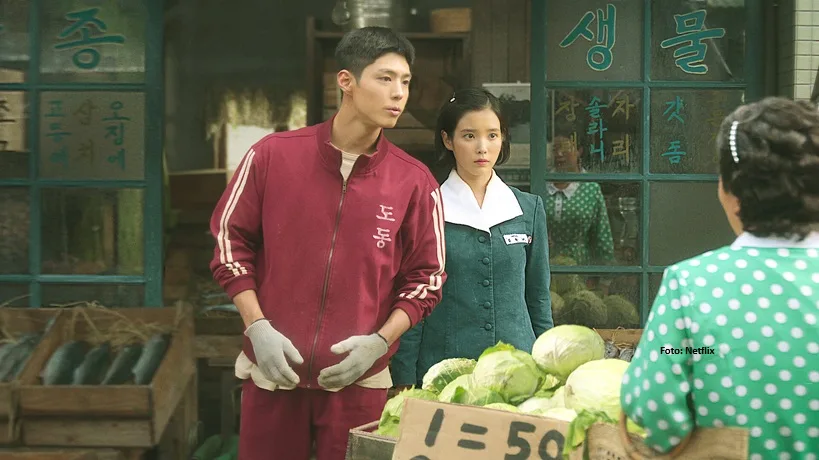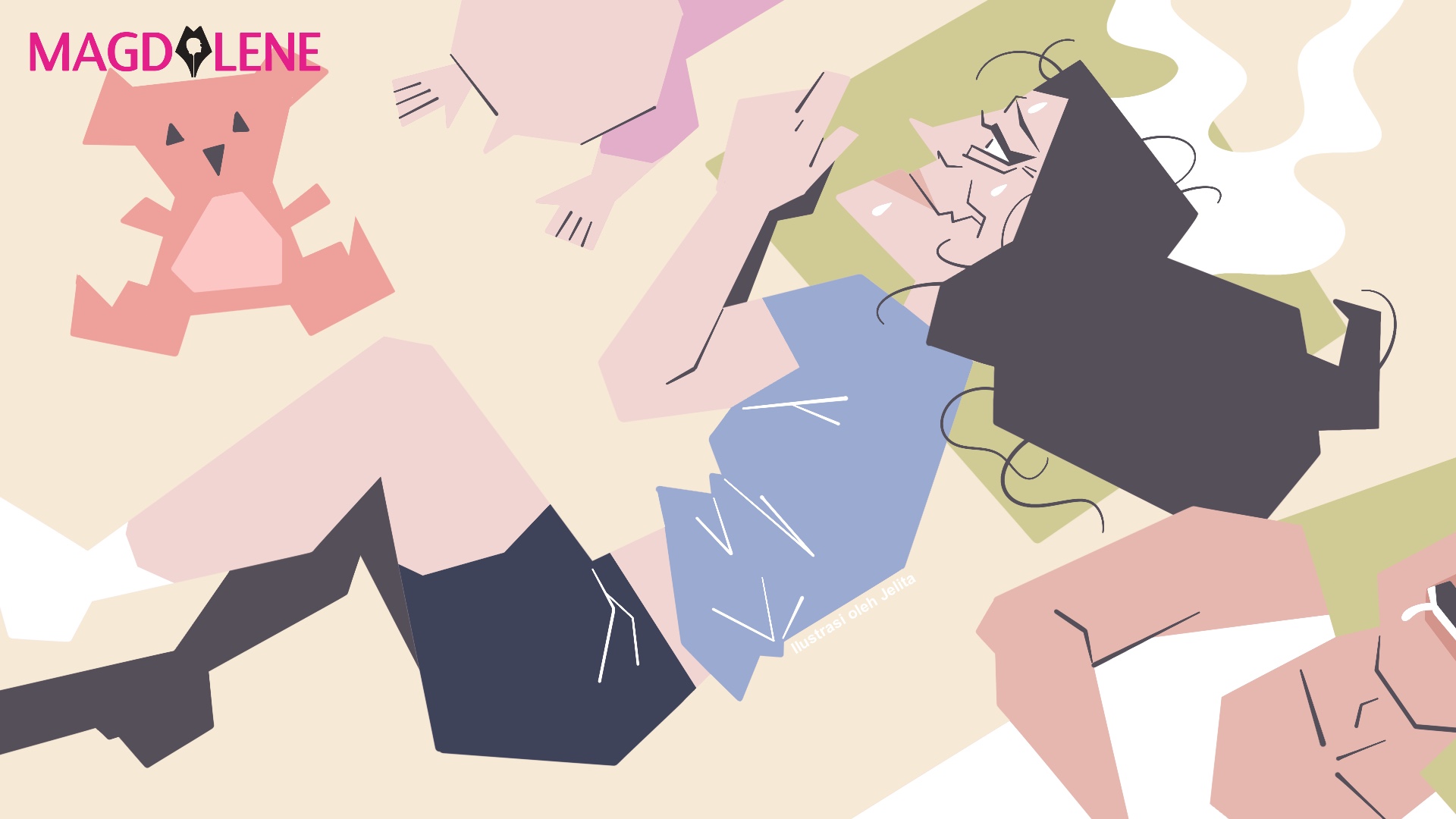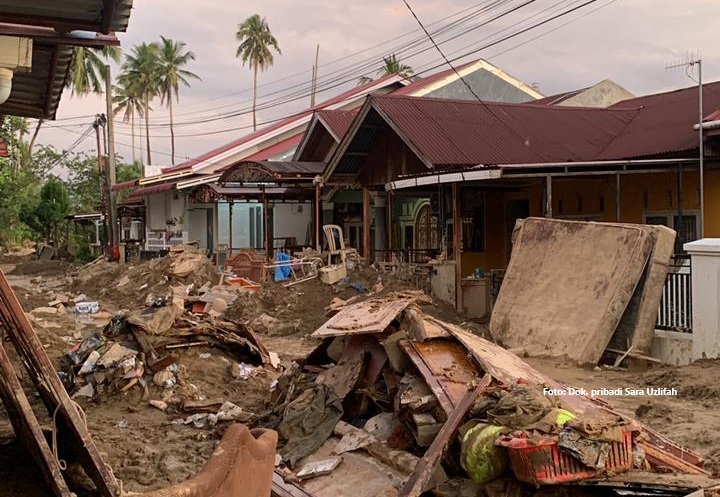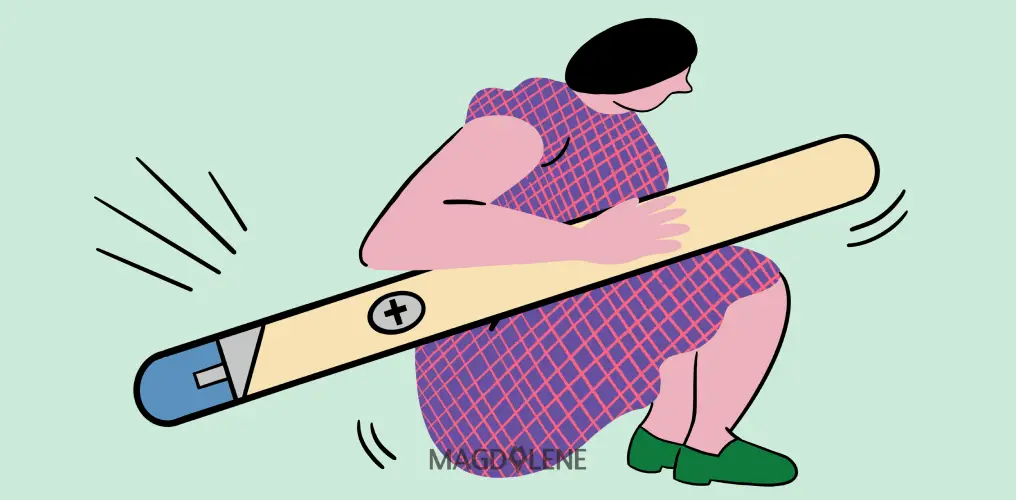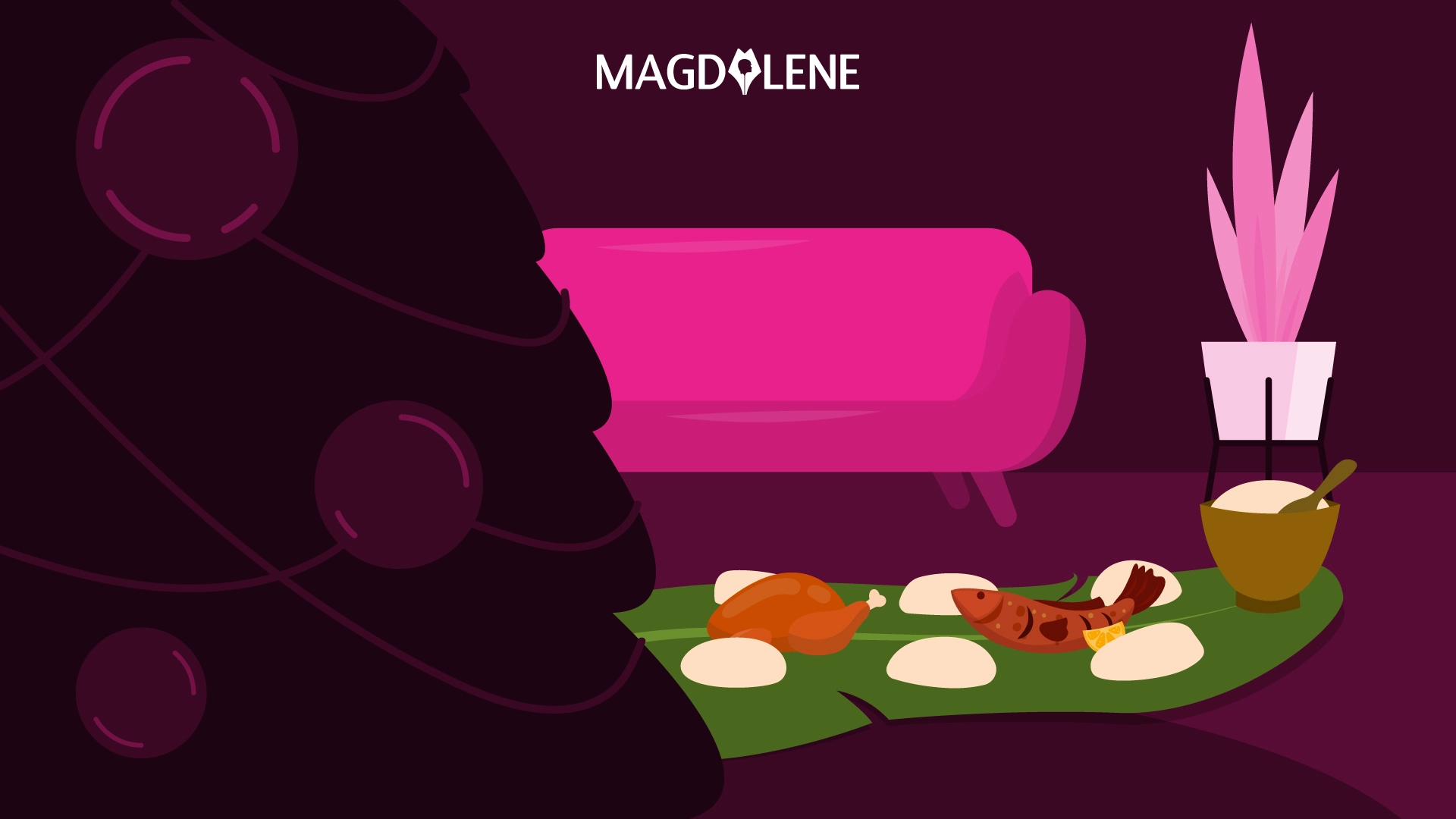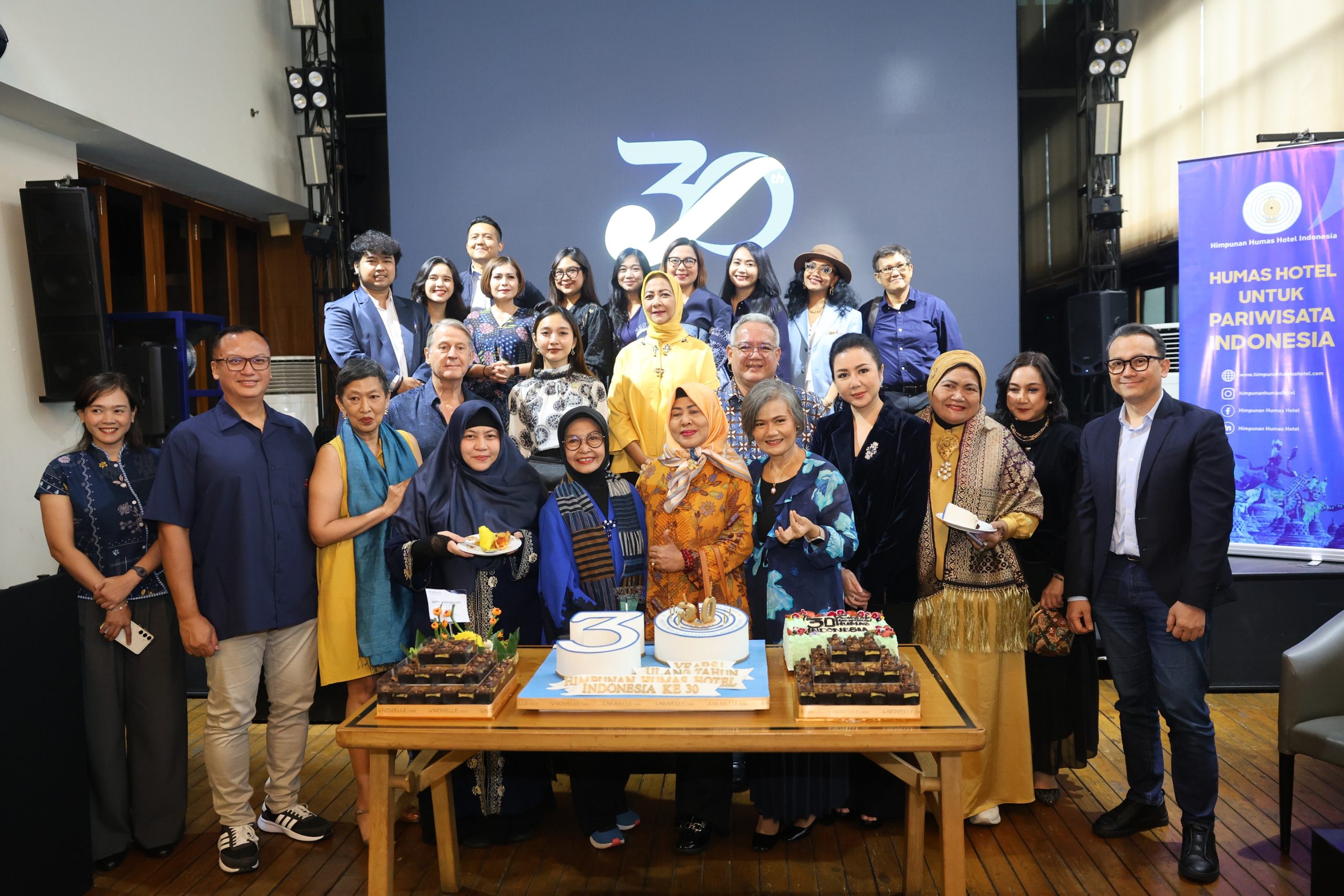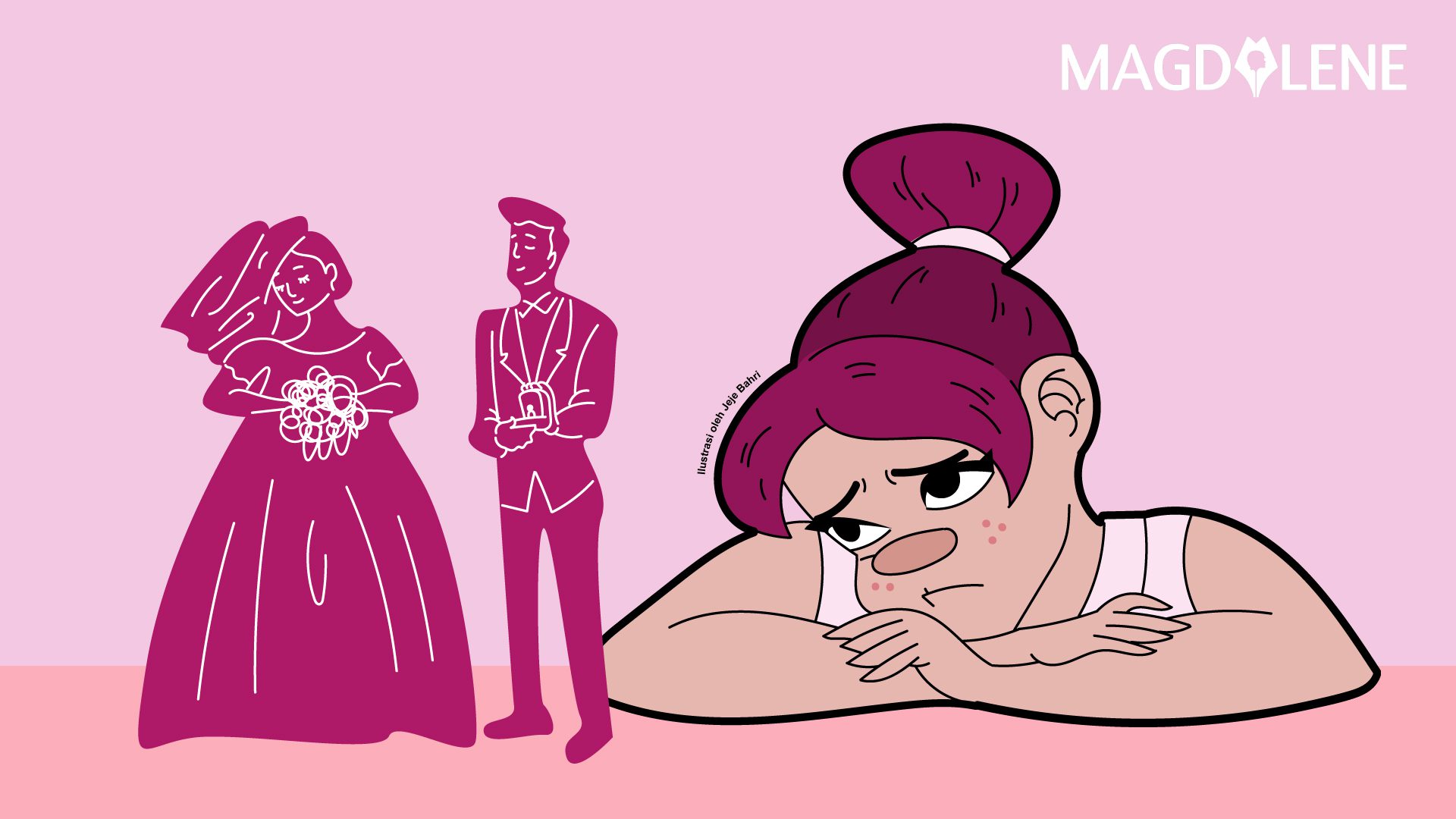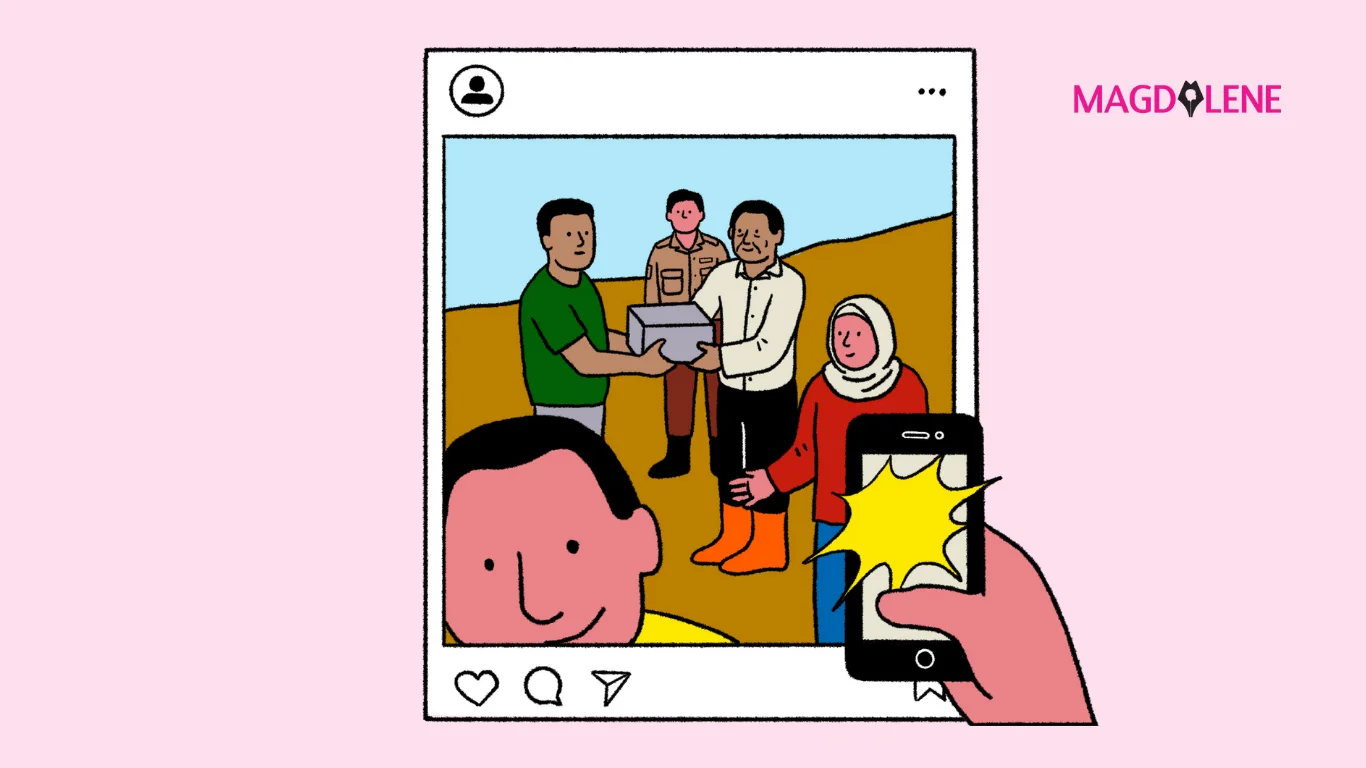Mouthwatering “Aruna dan Lidahnya” Leaves Unsavory Aftertaste
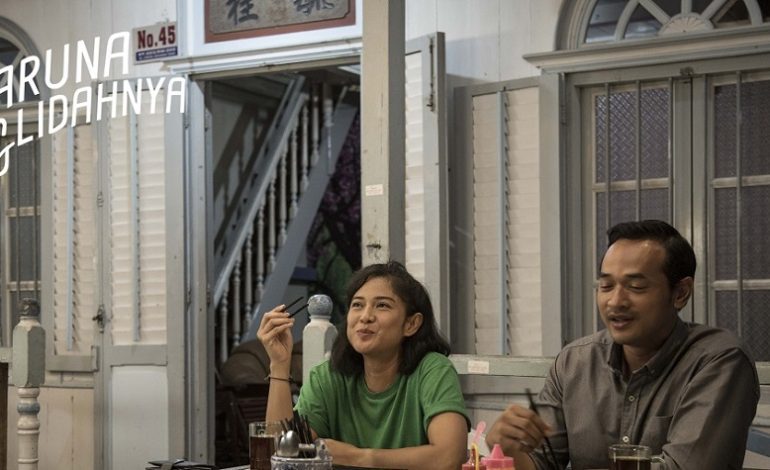
Mouthwatering scenes pour in right from the very beginning as we watched Aruna (played by Dian Sastrowardoyo) prepared a pot of oxtail soup. Following the style of cooking shows, the camera pans to show her slicing, stirring, seasoning, boiling, and savoring the food. Based on Laksmi Pamuntjak’s novel, Aruna dan Lidahnya (Aruna and Her Palate) film adaptation undoubtedly makes us drool for its vivid food porn, but it fails to fuse all the other ingredients of the film.
Directed by Edwin, the plot is mainly driven by each character’s love affairs, followed by Aruna’s side quest to investigate bird flu cases. However, culinary tourism seems to be the main highlight of the movie as cooking and eating scenes dominate the screen time. Aruna, an epidemiologist, is flanked by three other main characters: Bono, a chef (played by Nicholas Saputra); Nadezdha/Nad, a food writer (played by Hannah Al Rashid), and Farish, Aruna’s co-worker (played by Oka Antara).
To some extent, the bonds are often unappetizing when all the four characters are put in the same frame. Some are either hurt, ignored, left out, undermined, or attacked – mostly Farish. Coming into the scene as Aruna’s long-lost crush, Farish is portrayed as a very uptight, tense, and rather mysterious figure. He is often placed as the odd one out, middling in the tight and succulent friendship of Aruna, Bono, and Nad.
Despite the discomforts, Farish is the guy who is “meant” to end up with Aruna. Unfortunately, the film fails to capture their chemistry. Their first remarks to each other summed it up: “I initially thought you were a complex person” replied by “Well, I thought you were simple.” Aruna is an intuitive character and Farish fails to understand it, which then causing serious friction between them in many occassions. We barely get to see how those incompatibilities are overcome as they keep missing the chance to open up to each other during deep talks moments. Their union would be abrupt and vapid – as Aruna herself describes, they are similar to the tastes of rujak (fruit salad) and soto (traditional soup) in the dish rujak soto: they fail to blend perfectly.
The other pair, Bono and Nad, are generally more frank and relaxed towards each other compared to the awkward combo Aruna-Farish. Nad is naturally a very nuanced character. She is a perceptive person, and apparently the only one who can properly talk to Farish because they share a similar experience. Nad has her reason for not dating single guys, yet again, would she actually end up with the unmarried yet charming Bono?
In other words, the main problem of the characterizations is how the plot fails to show the progression of their personalities, the potential dynamics of their characters, and how their experiences could change them from the persons they were in the beginning of the movie, to the persons they are at the end. Somehow, romance seems mandatory to the film, and the part of the plot that deals with a serious conspiracy behind the bird flu paranoia does not get enough attention, as its moment of revelation is mainly clouded by the drama between the main characters.
Detachment from the locals, the culture, and the food itself
Shot in five cities in Indonesia – Surabaya, Pamekasan, Pontianak, Singkawang, and Jakarta – the film puts the spotlight on 21 rare local cuisines. However, most of the time, the food is commented by the characters – whether it is bland, not salty enough, rich, tasty, or not tasty – simply as meaningless commodity that is entirely detached from the culture and the community it comes from.
There is a fleeting awareness of this in the line “beberapa makanan itu tidak bisa berpindah tangan” (some food just can’t be detached from the person who cooks them), yet it still fails to acknowledge the local vendors who conserve these recipes. There is no reference to cooks’ stories, not even as simple as how the food they served helped them make a living. Of course, we do not expect Anthony Bourdain-level of commentary, but why shooting in five cities without engaging with the locals?
Throughout the film, the food seems to be relegated to banal footages of food porn, with the beautiful casts eating it, while they talk about something else. They could have slipped in simple trivia about the food, how, for example, Kluwak nut is a key ingredient to make rawon in East Java. Pontianak’s choi pan could’ve also been explored – why it has a Chinese-sounding name and how it is similar to or different from the Chinese dumpling. These tiny details in conversations could’ve done more justice to the cuisine more, knowing that the endorsement towards this film mostly underline how this film promotes local cuisines.
Aside from the food, the film also uses local culture simply as decorative elements. The most striking one is shown during a heated argument between Aruna and Farish in Singkawang. They yell at each other in the middle of the street while Dragon Dance dancers or barongsai are performing. The Dragon Dance here is simply a meaningless act: it functions merely as an ornament to intensify their tensions.
For sure, the film does not seem to have any intention to explore the positioning of Chinese culture in the Indonesian context, yet it uses a Dragon Dance in the predominantly ethnic-Chinese region of Singkawang simply for the spectacle. It confirms once again how Dragon Dance in post-New Order Indonesia is merely depicted through de-sacralized and stereotypical orientalistic representations.
Socioeconomic gap and the ruling of space
The obvious upper-middle class background of the main characters adds another layer to the film’s problematic representation. In one of the scenes, Bono and Nad walked into a floating nightclub inside a ship patronized by locals, including sailors and local women. Bono and Nad, two Jakartans with higher socioeconomic status, look at the venue as a space for personal adventure of somekind. They dance throughout the dangdut koplo remix and get drunk alongside the locals.
In this case, both characters can freely roam the space that is not theirs without consequences. But what is going to happen if we reverse the role? Imagine a sailor coming by becak walking into an elite urban nightclub. Would they even dare to do so? The ruling of space is closely tangled with class-based power relation, and the film seems to normalize that.
Another scene that is even more enraging is a scene where Bono takes over a street nasi goreng (fried rice) vendor, asking permission to use the wok so he can cook and impress his girlfriend. Would it happen the other way around? Is it possible for a nasi goreng cook to come to Bono’s elite restaurant, enter his kitchen, and say he wants to cook for his wife?
These narratives simply affirm the class-based power relation, where people with higher social status can insensitively claim belongings over any space.
Hence, though mouthwatering, Aruna dan Lidahnya is at times unsavory. If you expect a well-thought narrative about Indonesian cuisine, this film may not be the perfect one. Still, no other film makes us crave soto surabaya as much as this one.
Ayunda Nurvitasari and Alvin Steviro are practically nurtured by Cultural Studies scholars. They enjoy both food and film. Sometimes they talk about film while eating food. Some other time, they talk about food while watching film.



